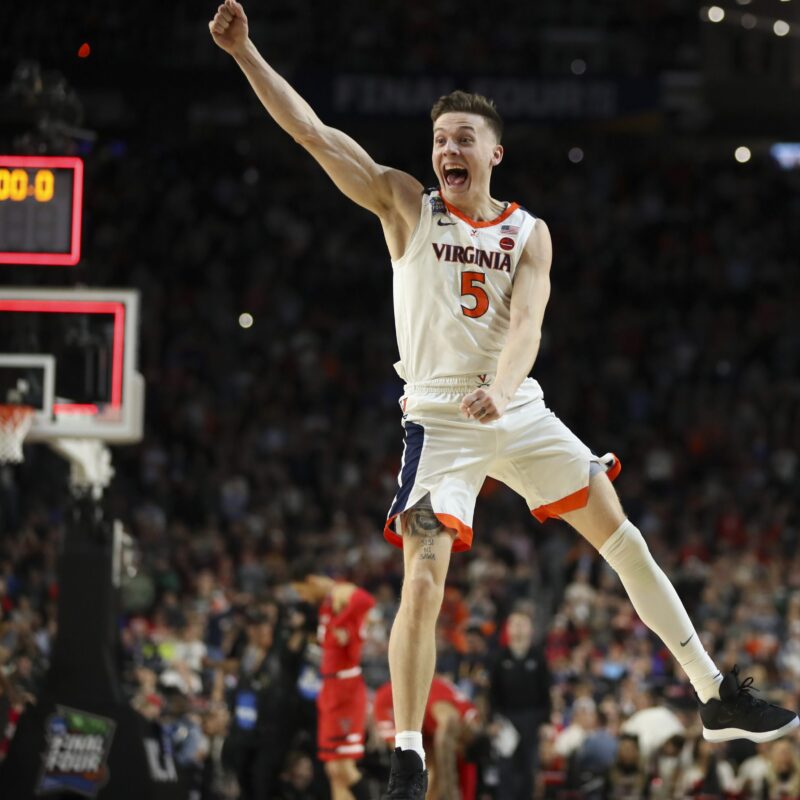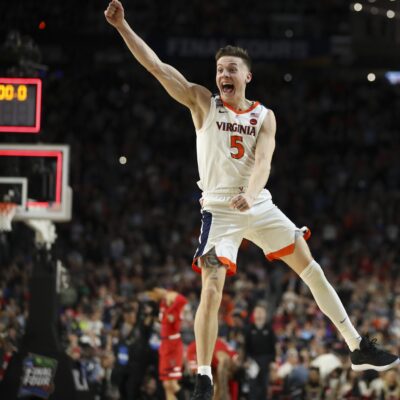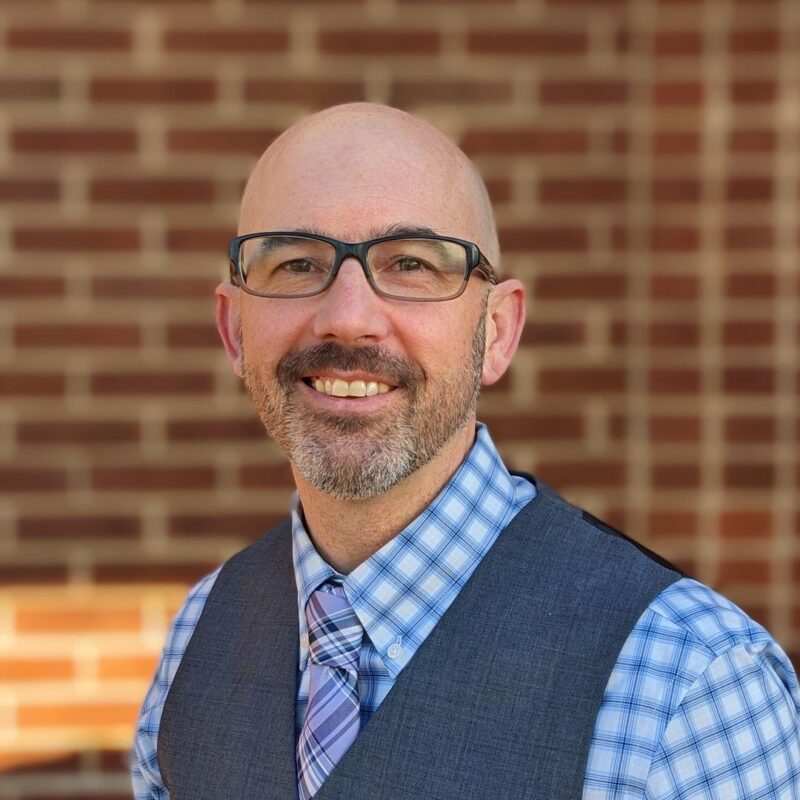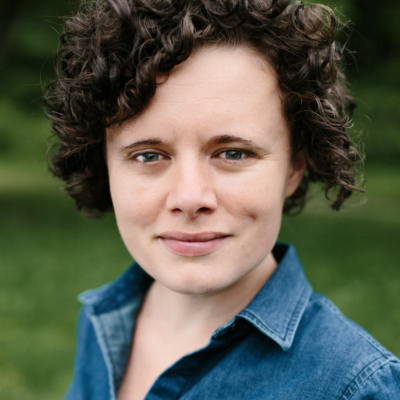UVA officials have called the University’s South Lawn project “the most significant undertaking on UVA’s Central Grounds in a century.” It sure is massive: Stretching from the original Lawn designed by Thomas Jefferson to Jefferson Park Avenue, it includes a pedestrian terrace that connects New Cabell Hall and the new Arts and Sciences building.
|
Once completed, the South Lawn project, whose targeted LEED status is Silver, will serve about 12,000 people every day. The pedestrian terrace that crosses JPA will have grass sidewalks on both the east and west side, handicapped-ramp access on both sides, and shrubbery to finish the look. |
Since the beginning, the project attracted controversy, but nonetheless it has gone ahead as planned. The groundbreaking ceremony took place on September 29, 2006 and construction began soon after.
“We are about 65 percent complete,” UVA Project Director James Kelley told C-VILLE last week. “We are going to complete the North and South buildings for occupancy by December 31 of this year, and we’ll have students sitting at their desks doing what students do by mid-January.”
Kelley attributes being ahead of schedule to a lot of “good, hard work and some creative planning.” The contractor for the South Lawn project is Barton Malow, which finished the rebricking of the Downtown Mall right on time.
The project is divided into three parts: the North building, which will be called the Nau Building, the South building, known as the Gibson Building—which will house a Starbucks—and the Commons.
In order to accommodate the new Arts and Sciences building, few houses were razed on Valley Road. Of these homes, some were already owned by UVA and others were purchased for demolition. The section of Valley Road that connected to Brandon Avenue was eventually closed.
“There wasn’t enough room on the site without the closure of that road,” says Kelley. “We managed to do that without affecting the flow of traffic and we’ve actually built into Valley Road a cul-de-sac, which allows traffic to flow in and around without a lot of backing up and maneuvering.” Kelley says that UVA has “donated” the land to build the cul-de-sac to ease traffic.
UVA rising senior Annie Rudy, who lives on Valley Road, has seen the impact of cars parked too close to the dead end. “But the decreased traffic is nice and it makes more people walk by over here,” she says.
Rudy says that the occasional construction inconvenience was addressed promptly. “There was this incident where we had muddy water in front of our house,” she says. “They turned the water off once for a day, but they gave us notice, so they were responsive about it.”
According to Kelley, the residents of the adjacent neighborhood have been very cooperative. Ida Lee Wootten, UVA Director of Community Relations, says the university has built a strong relationship with them. “UVA has been meeting with neighbors for years about the South Lawn Project—starting when the project was just an idea, well before preliminary designs were drafted,” she writes in an e-mail. “Neighbors have had input in the project’s development throughout the process, and their concerns have been recognized and addressed.”
According to Nina Barnes, president of the JPA Neighborhood Association, Wootten has sent regular informative e-mails to the neighborhood.
C-VILLE welcomes news tips from readers. Send them to news@c-ville.com.






